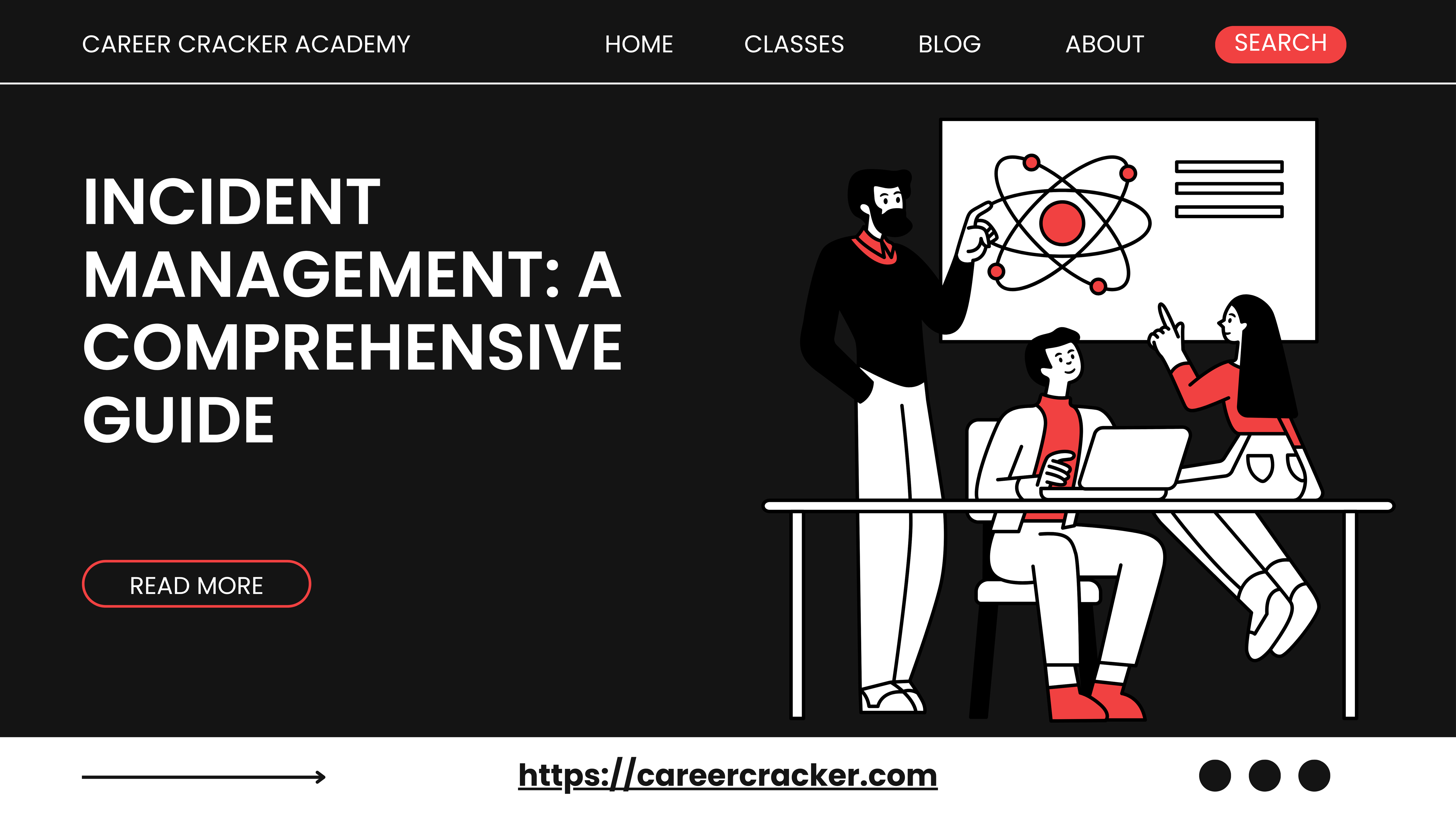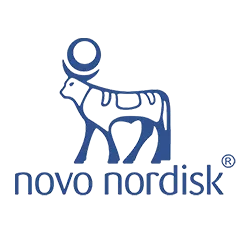
Incident Management: A Comprehensive Guide
Introduction
In today's hyper-connected digital world, downtime isn’t just an inconvenience—it’s a liability. Whether it's an e-commerce platform going offline during peak sales, or a banking service unable to process transactions, the ability to quickly detect, manage, and resolve incidents is critical to business continuity and customer trust.
Incident Management is the backbone of IT Service Operations, tasked with restoring normal service as quickly as possible and minimizing adverse impact. When done right, it not only ensures SLA compliance and faster resolution but also becomes a powerful driver of customer satisfaction and operational resilience.
This blog brings together ITIL principles and field-tested best practices from industry leaders to give you a robust framework for world-class incident management.
1. Define & Classify Incidents Early
-
Early detection—via monitoring tools or user reports—is essential to minimize impact (Asana).
-
Categorization and prioritization should be automated using urgency and impact fields to ensure correct routing and SLA alignment (RSI Security).
2. Maintain a Clear & Standardized Workflow
Following ITIL’s structured process ensures consistency:
-
Log: capture date, time, user, description, and configuration item (CI) details.
-
Categorize & Prioritize: based on urgency and impact.
-
Assign: route to the right resolver group.
-
SLA Tracking & Escalation: trigger alerts for SLA breaches (ManageEngine).
-
Resolve & Confirm: validate resolution with the user before closure.
-
Close: apply closure codes and confirm SLA targets are met (RSI Security, ManageEngine).
3. Communicate Throughout the Lifecycle
-
Keep stakeholders and users informed at every stage—identification, progress, and resolution—using templated, automated notifications (INOC).
-
Use public status pages for major incidents and maintain internal updates for teams (RSI Security).
4. Leverage Tiered Support & Smart Automation
-
Design a tiered support model—Tier 1 resolves around 65–75% of cases, escalating complex ones upward (INOC).
-
Automate routine tasks like ticket creation, categorization, assignment, and SLA alerts to free teams for critical incidents (ManageEngine).
5. Document Thoroughly & Build Knowledge
-
Require complete resolution notes—not vague terms like “fixed”—to support audits and enable trend analysis (ServiceNow).
-
Update a knowledge base with each incident to facilitate future resolutions (Unthread).
6. Separate Major Incidents with a Unique Response Path
-
Flag major incidents early and activate a dedicated major incident process with tailored roles and communication (RSI Security).
-
Assign an Incident Manager to oversee resolution and stakeholder engagement.
7. Integrate with Problem, Change & Event Management
-
Route recurring incidents to Problem Management for root-cause elimination (Unthread).
-
Coordinate with Change Management to prevent recurring incidents during changes (Unthread).
-
Leverage Event Management for early detection and automation triggers (Wikipedia – ITIL Event Management).
8. Implement Ongoing Training & Continuous Improvement
-
Provide regular training on tools, processes, communication, and roles.
-
Conduct post-incident reviews and refine processes based on lessons learned.
-
Use KPIs like time-to-assign, time-to-resolve, SLA compliance, and re-open rates (ManageEngine).
Typical ITIL Incident Management Lifecycle
|
Phase |
Action |
|---|---|
|
1. Detection & Logging |
Capture incident via monitoring or user report. |
|
2. Classification & Prioritization |
Categorize based on urgency and impact; apply SLA. |
|
3. Assignment & Triage |
Route to appropriate support tier or resolver team. |
|
4. Investigation & Diagnosis |
Resolve using knowledge base or escalate if needed. |
|
5. Resolution & Recovery |
Implement fix, restore service, and confirm with user. |
|
6. Closure |
Apply codes, log resolution details, and formally close ticket. |
|
7. Review & Improve |
Conduct PIR, update documentation, refine workflows. |
Conclusion & Quick Wins
-
Automate: Notifications, categorization, assignment, escalations, and reporting.
-
Empower: Tier 1 support to resolve more and escalate only when necessary.
-
Communicate: Proactively with templated messaging tailored to different audiences.
-
Document: Key resolution steps, ownership, SLA compliance, and closure details.
-
Review: Incident patterns, SLA gaps, and post-mortems for process refinement.
By implementing these best practices grounded in ITIL and real-world examples, you don’t just improve your IT operations—you build a resilient, proactive, and scalable service management culture.
Hiring Partners










































